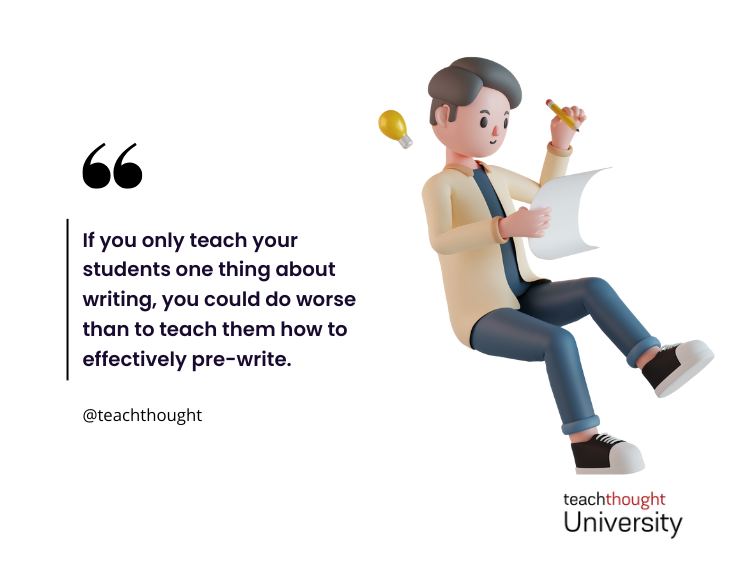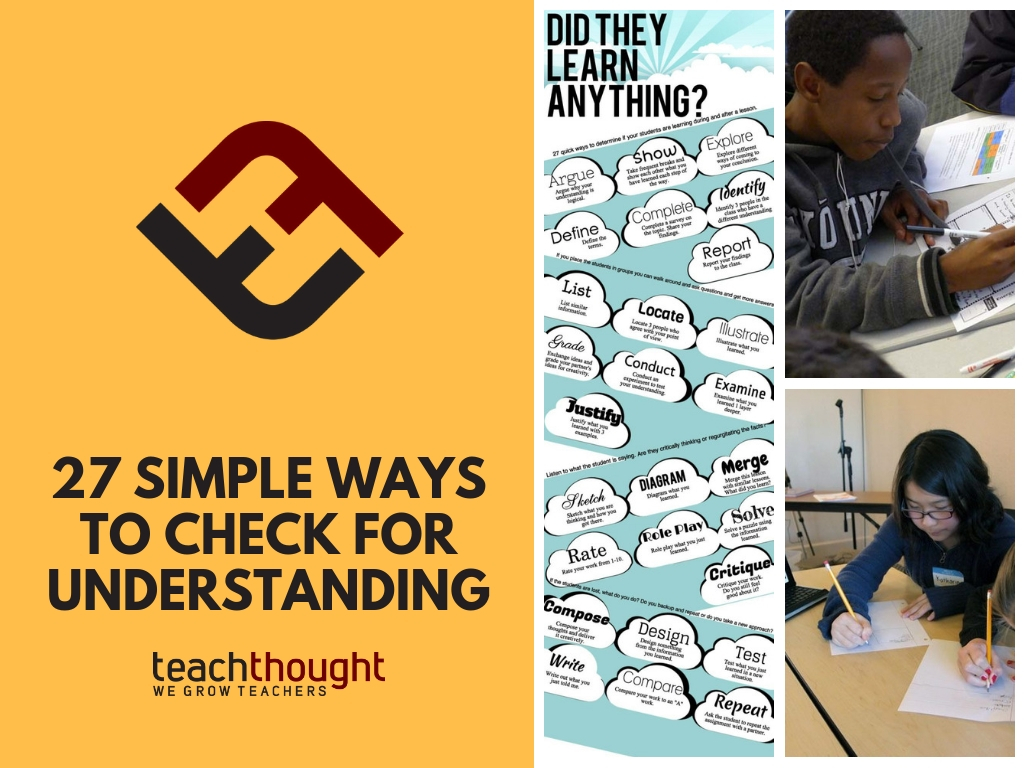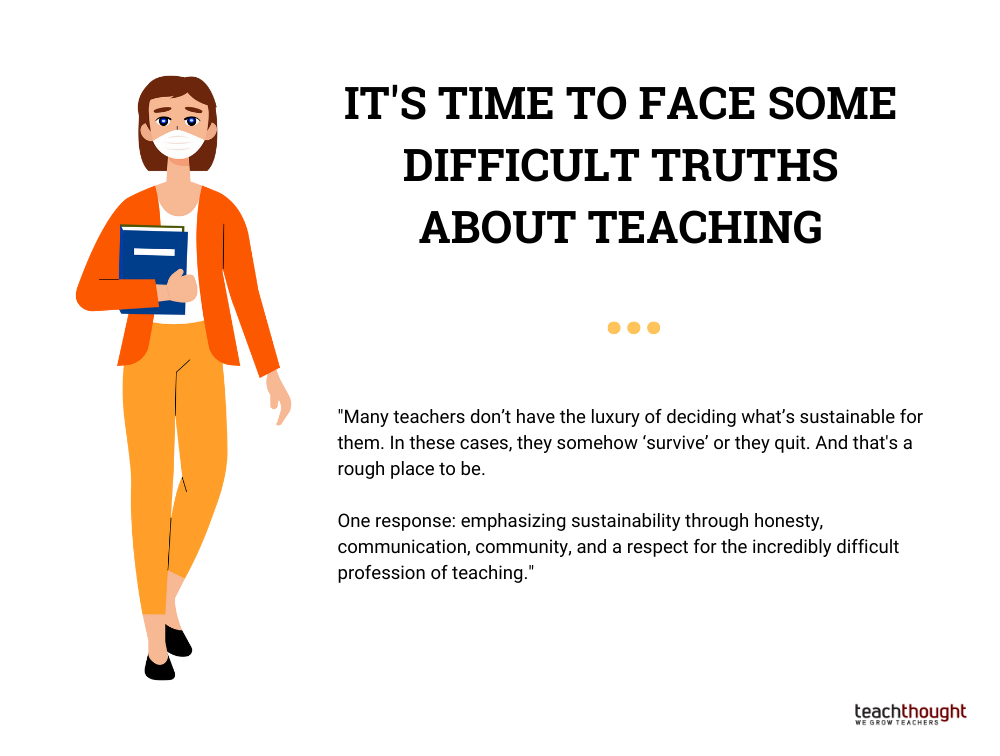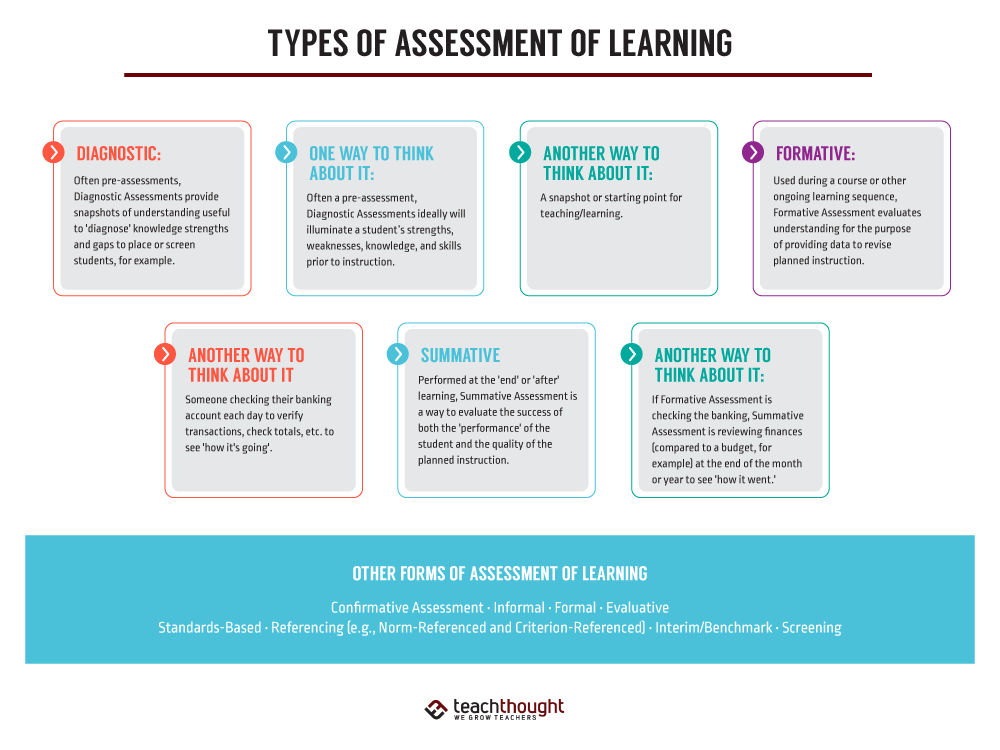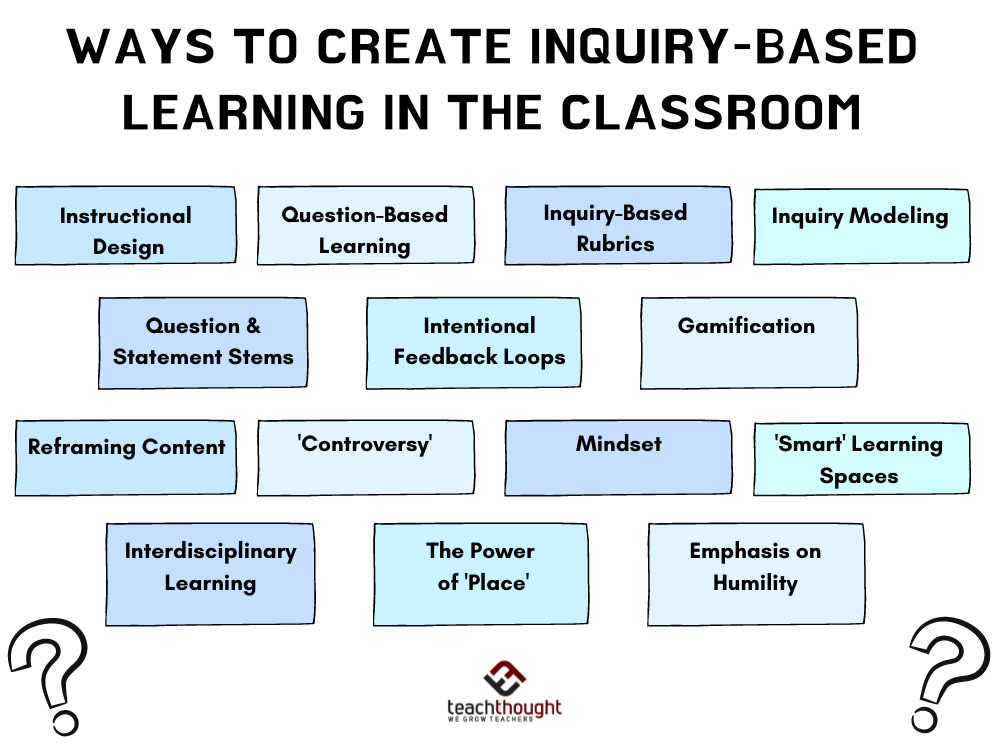The Priceless Very First Couple Of Minutes Of Class
The typical scene recognizes: Students wander into class while we introduce “Your workout is on the board,” adhered to by the common shuffle for materials and various demands. However in today’s educational landscape, we can do much better with these valuable opening minutes.
Why Opening Minutes Matter
- Peak cognitive preparedness
- Prime time for memory formation
- Critical window for developing interaction
- Chance to build class society
- Establishes the tone for deep knowing
Modern Strategies for Class Openers
1 Realities and Fibs
Produce realities and fibs about the upcoming topic on strips of paper. In groups, pupils review each of these and different right into piles. For instance, if trainees will certainly be finding out about the desert, one strip might claim, “Deserts are always hot.” One more: “Desert animals frequently have long periods of dormancy to make it through.” As trainees find out about deserts, they rethink their realities and fibs, rearranging the strips. Were the group’s responses fix?
In mathematics, reality and fib strips might state, “. 61 is greater than 0. 064 or “There is not a number in between 5 4 and 5 5” Realities and fibs promote talking about mathematics.
2 Study
It’s tough to beat studies to answer the concern, “What’s this reached do with me?” About to start a government unit? A short study in which students reply to questions regarding chauffeur’s licenses, ballot, marriage requirements, and so on can obtain every student entailed.
Tackling a piece of text regarding a character in a difficult circumstance? Survey concerns ask about methods which pupils might take care of these circumstances. Pupils are most likely to be inspired to check out when there is a personal link to the message. They are now questioning, “Hmmm, I ask yourself exactly how the character will leave this mess?”(Before the survey, trainees were likely thinking about lunch.)
3 Inquiry Cards
Pass out index cards to groups with “What? Who? When? Exactly how? and Where?” created on the cards. Pupils ‘play’ their cards by developing questions concerning the subject.
As an example, if the upcoming lesson is on snails, a student might ask, “Why are snails so slimed?”
A lot more Approaches For The Starting Of Class
- Digital Check-ins (2 – 3 minutes)
- Use devices like Mentimeter or Padlet for fast psychological temperature checks
- Digital exit tickets from last course become entry points today
- QR codes that result in thought-provoking prompts
- Micro-Discussions (3 – 4 minutes)
- Think-Pair-Share with purposeful motivating
- “Quiet discussion” boards (physical or digital)
- Random subject generators tied to discovering objectives
- Understanding Preview Activities
- Interactive concept maps
- Prediction challenges
- Real-world problem situations
- Link Contractors
- Individual relevance inquiries
- Existing occasions web links
- Cross-disciplinary links
Success Starter Checklist
- Does it turn on anticipation?
- Is it obtainable to all learners?
- Does it attach to today’s understanding goals?
- Can it be finished in 3 – 5 minutes?
- Does it advertise student company?
- Is there a digital/analog versatility?
Execution Tips
- Have systems prepared before trainees enter
- Usage timers visually presented
- Build regular routines while differing content
- Consist of choices for both individual and collective involvement
- Incorporate trainee choice when feasible
Designing early lesson tasks that offer numerous purposes: interaction, analysis, community building, and content sneak peek– all while maintaining effective class management. When done right, these very first few minutes develop momentum that finishes the whole lesson.
TeachThought’s objective is to advertise important thinking and advancement education.
